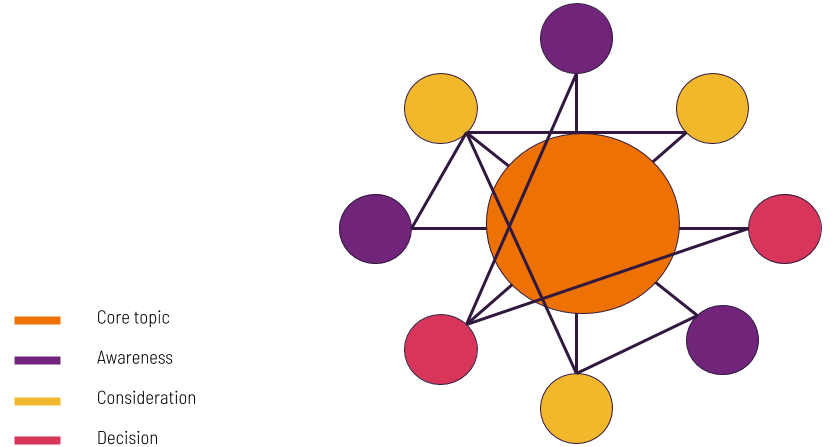“What’s one of the most effective marketing tools you have on your tool belt? …Storytelling.”
I’ve seen countless articles start with a hook like this.
And it’s true.
Few things are as effective at engaging and compelling your reader as storytelling is.
In a study by Jennifer Aaker, a marketing professor at Stanford’s Graduate School of Business, only about 5% of people remember statistics in a speech, whereas 63% remember stories.
By using stories along with statistics and other evidence, you can be far more persuasive than you could with data alone.
But I’m not here to convince you to use storytelling in your marketing. Plenty of other people have done that remarkably well.
No, what I’m here to do is to tell you what you’re doing wrong.
Plenty of articles tell marketers to use storytelling, but not many tell you how to tell those stories. And I’m sorry to say, but not every marketer is Stephen King.
So, let’s get into the biggest writing sins I’ve seen marketers and bloggers make.
Don’t Write Without a Reason

Don’t Meander

Don’t be Too Flowery

Don’t Write a Boring Story

Don’t Drag it On










